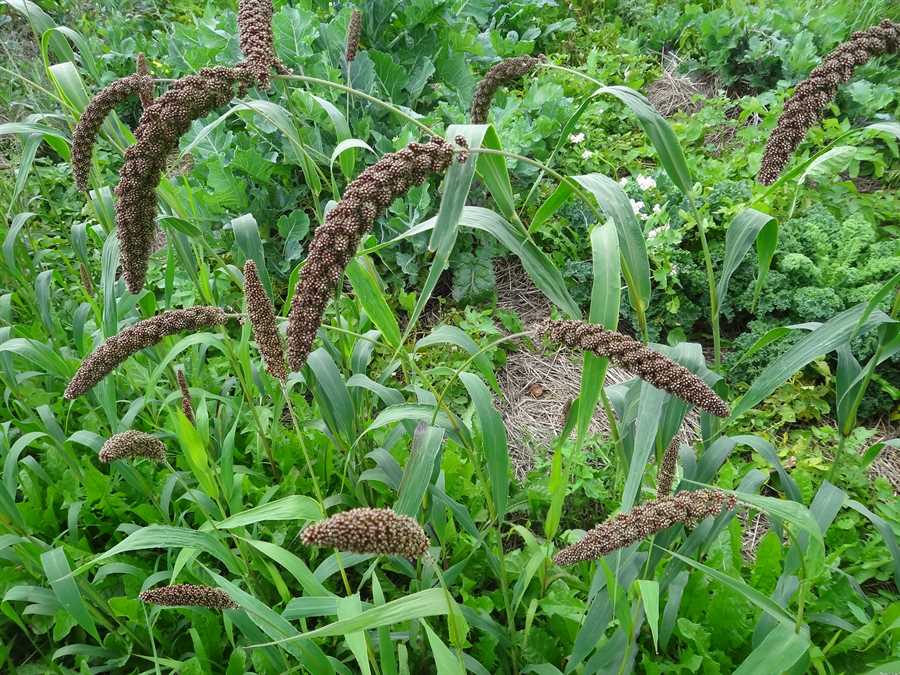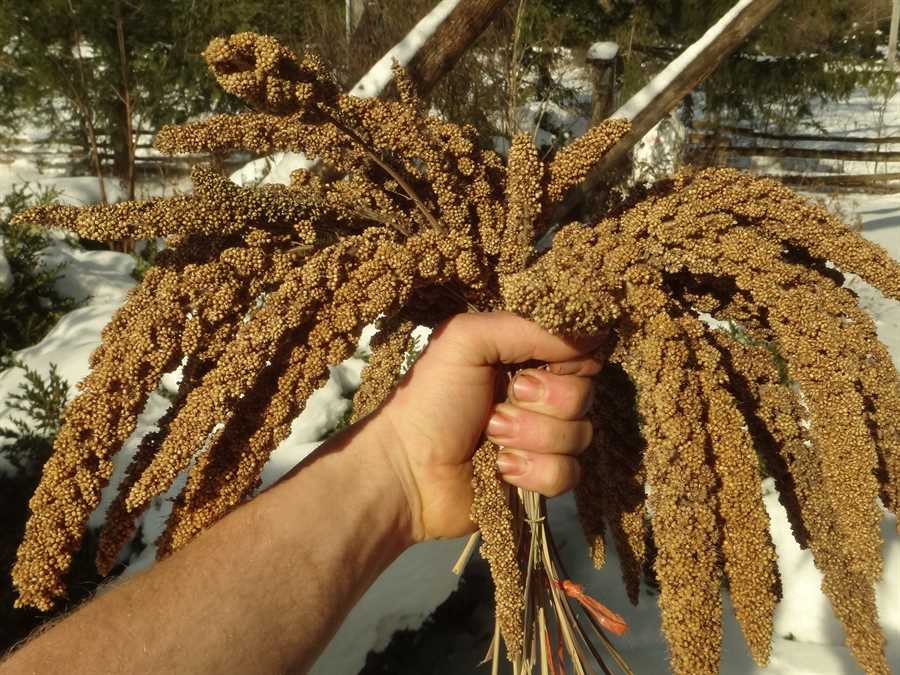Mezohegyesi Sarga Magvu foxtail millet
$4.00 – $8.00
(Setaria italica)
A Moharia type. Tall, about 4’, with small heads and many tillers. Beautiful. My small patch of this millet lodged repeatedly in heavy wind and rain near harvest time, but it kept standing back up again, and so suffered little damage! The birds loved it, though. This variety came from the USDA National Plant Germplasm System (the American national seedbank), where it is accession # PI 531446. I am curious about its history; the NPGS entry says they received it from the Institute for Plant Production & Qualification in Pest, Hungary on May 30, 1989. I was struck by the date: on May 2 of that year, as the Iron Curtain began to collapse, Hungary had begun disassembling its border fence with Austria. Does this variety then represent a shift in status for Western access to Eastern germplasm at that time, being either something precious the Hungarians had been wanting to send to their colleagues in the West, or something American scientists swooped in and collected as soon as they could? Or does it indicate that, in fact, curators at genebanks in both East and West had been collaborating even before the Cold War ended? I do not know, but I would be interested to learn more of its story!
Plant once soil is warm, a week or two after the average last frost (about the same time as common beans and amaranth). Sow seeds ¼” deep, 6” apart in rows 8” apart. Millet likes heat. Bird like millet; when the heads near maturity, pay close attention, and take precautions if you observe the birds beginning to feast. Seedheads can be harvested after frost kills the plants and dried further if necessary before threshing, which is easily accomplished by treading on them.





